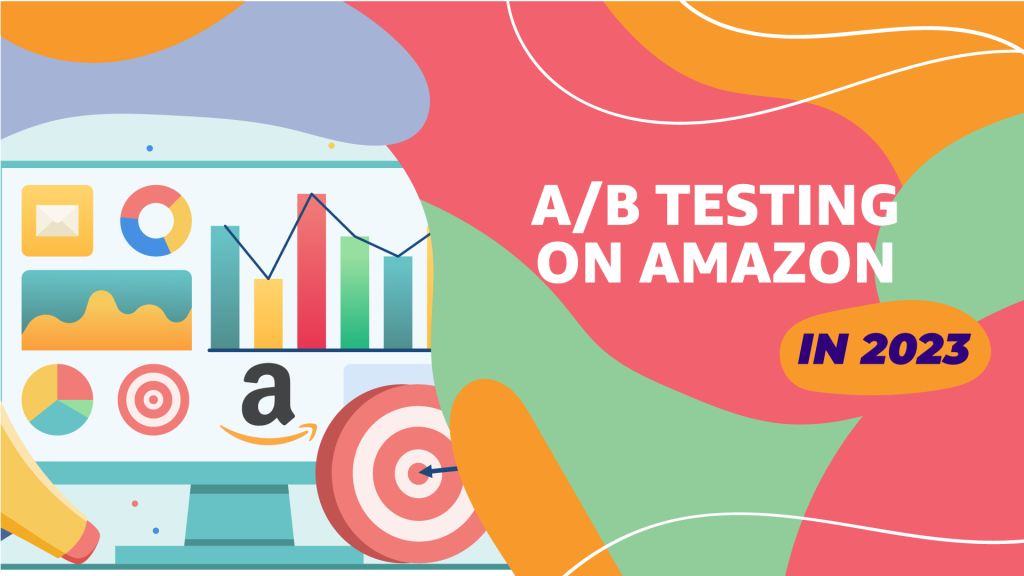Unveiling the Power of A/B Testing on Amazon
In the ever-evolving landscape of e-commerce, staying ahead of the competition on Amazon requires a strategic approach. One powerful tool that savvy sellers use to fine-tune their strategies and boost sales is A/B testing. In this comprehensive guide, we will unravel the intricacies of A/B testing on Amazon, providing actionable insights to help you maximize your impact on the world’s largest online marketplace.
Chapter 1: Understanding the Basics of A/B Testing
Introduction to A/B Testing:
A/B testing, also known as split testing, involves comparing two versions of a webpage or, in the case of Amazon, a product listing to determine which performs better. By isolating variables and analyzing user behavior, sellers can make data-driven decisions to optimize their listings.
Why A/B Testing Matters on Amazon:
On Amazon, where competition is fierce, A/B testing is the compass that guides sellers toward success. It enables you to refine your approach, engage customers effectively, and ultimately increase sales. A well-executed A/B test can be the difference between a listing that languishes in obscurity and one that dominates the marketplace.
Setting Up Your First A/B Test:
Embarking on your A/B testing journey requires a systematic approach. Start by selecting a single variable to test – be it your product title, images, or description. Ensure a controlled environment for your experiment to yield meaningful results.
Chapter 2: Identifying Key Metrics for Maximum Impact
Choosing the Right Metrics:
To gauge the success of your A/B tests, you must focus on key performance indicators (KPIs). Click-through rates (CTR), conversion rates, and bounce rates are among the metrics that offer valuable insights into customer behavior.
Interpreting A/B Test Results:
Understanding statistical significance is crucial in interpreting A/B test results. Learn how to derive actionable insights from your data and use them to inform your decision-making process. Remember, A/B testing is an iterative process, and each test contributes to your overall strategy.
Iterative Testing:
A/B testing is not a one-time effort but a continuous process of refinement. Iterate based on previous results, staying agile in response to changes in market dynamics and consumer trends.
Chapter 3: Crafting Compelling Product Listings
Optimizing Product Titles:
Your product title is the first point of contact with potential customers. Through A/B testing, experiment with different titles to discover which ones resonate most with your target audience. Test variations in length, keyword placement, and clarity to optimize click-through rates.
Perfecting Bullet Points and Descriptions:
A compelling product description can be the clincher for potential buyers. Dive into A/B testing strategies for crafting persuasive bullet points and descriptions. Explore the art of storytelling, addressing pain points, and highlighting unique selling propositions.
Testing Different Listing Elements:
Go beyond the basics by experimenting with additional listing elements. Test the inclusion of trust badges, warranty information, or product specifications to understand their impact on customer engagement and conversions.
Chapter 4: Enhancing Visual Appeal with A/B Testing
Choosing the Right Images:
Visual appeal plays a significant role in attracting customers. Through A/B testing, explore the impact of high-quality images on click-through rates and conversions. Learn how image quality, formats, angles, and resolutions influence buyer behavior.
Testing Lifestyle vs. Product-Centric Images:
Visual storytelling is a powerful tool in e-commerce. Experiment with lifestyle images versus product-centric images to understand which resonates better with your audience. Realize the potential of evoking emotions and connecting with your customers visually.
Optimizing Image Placement:
Discover the optimal placement of images within your product listing. A/B test whether placing images at the beginning or end of the listing has a more significant impact on user engagement. Fine-tune your visual strategy for maximum effectiveness.
Chapter 5: Optimizing Pricing Strategies
Discount Testing:
Explore the psychological impact of discounts on customer behavior. A/B test different discount percentages and durations to find the sweet spot that attracts customers while maintaining profitability.
Bundling and Upselling Experiments:
Unlock the potential of increasing your average order value through bundling and upselling. Conduct A/B tests to understand how these strategies impact customer purchasing decisions and overall revenue.
Dynamic Pricing Insights:
Stay competitive in a dynamic marketplace by experimenting with dynamic pricing. A/B test different pricing strategies to find the optimal balance that maximizes profits and keeps you ahead of the competition.

